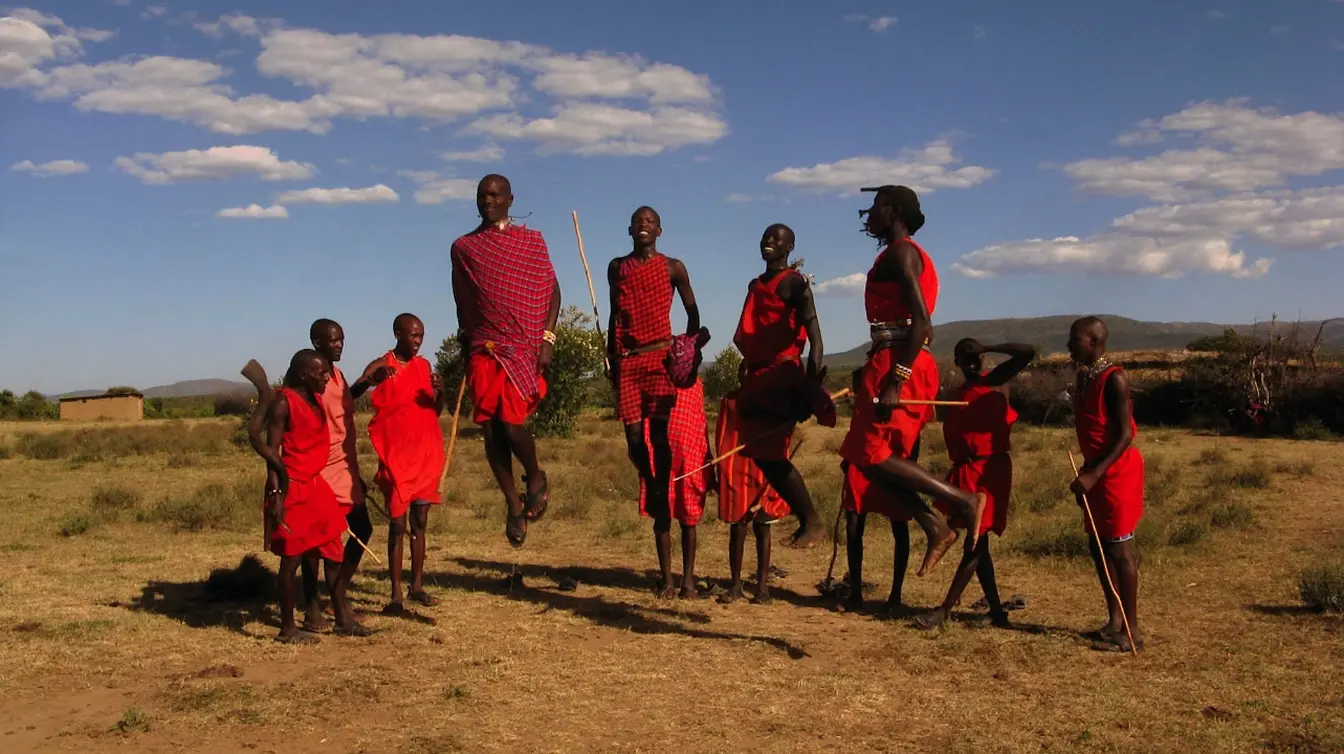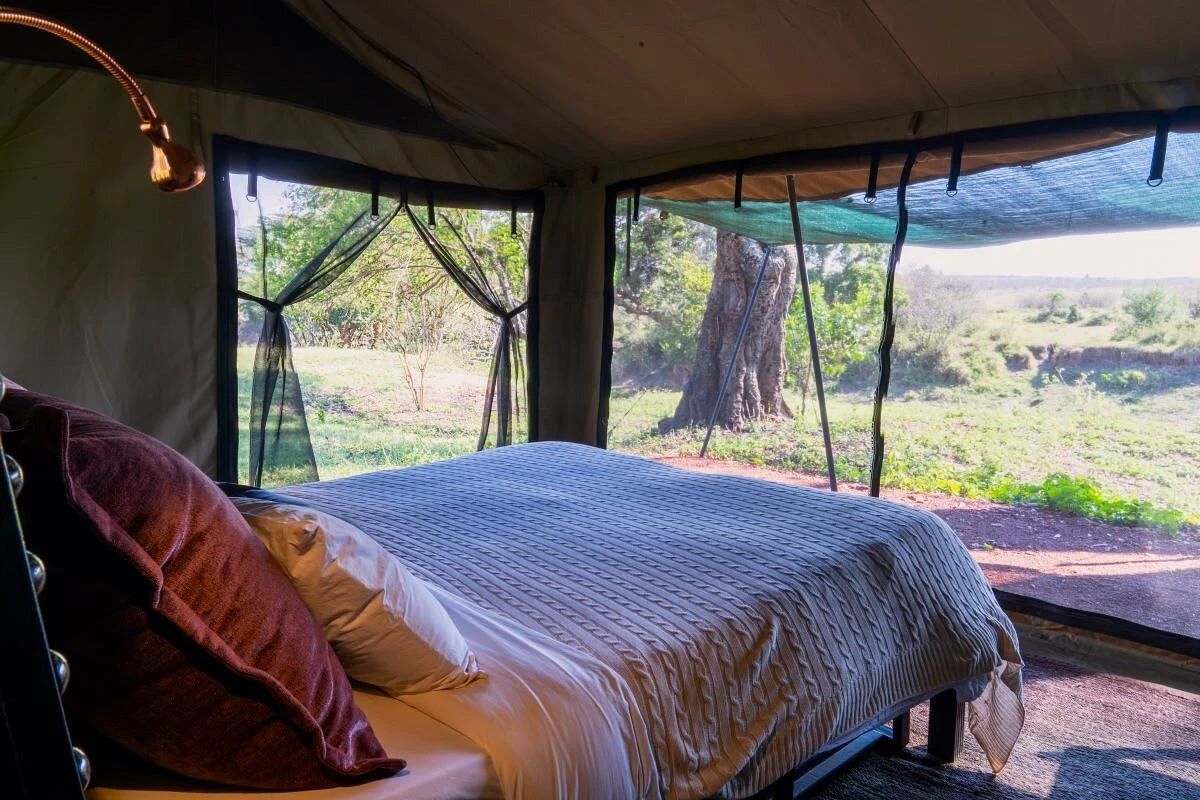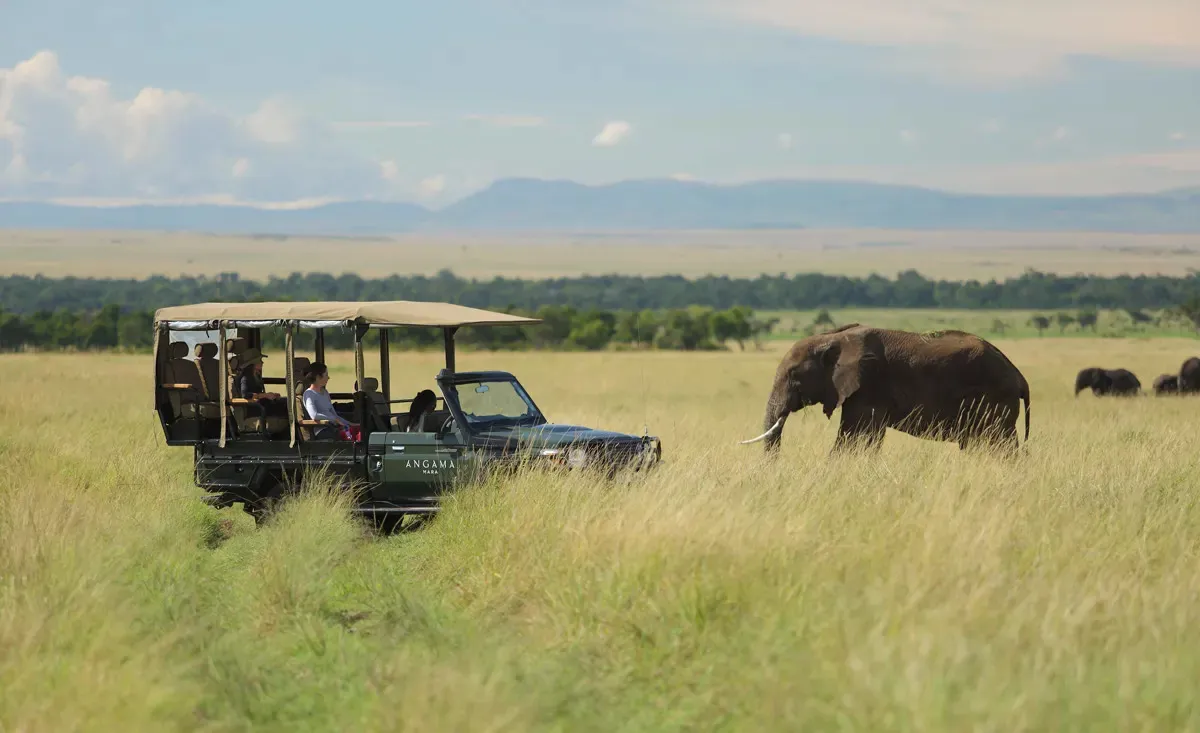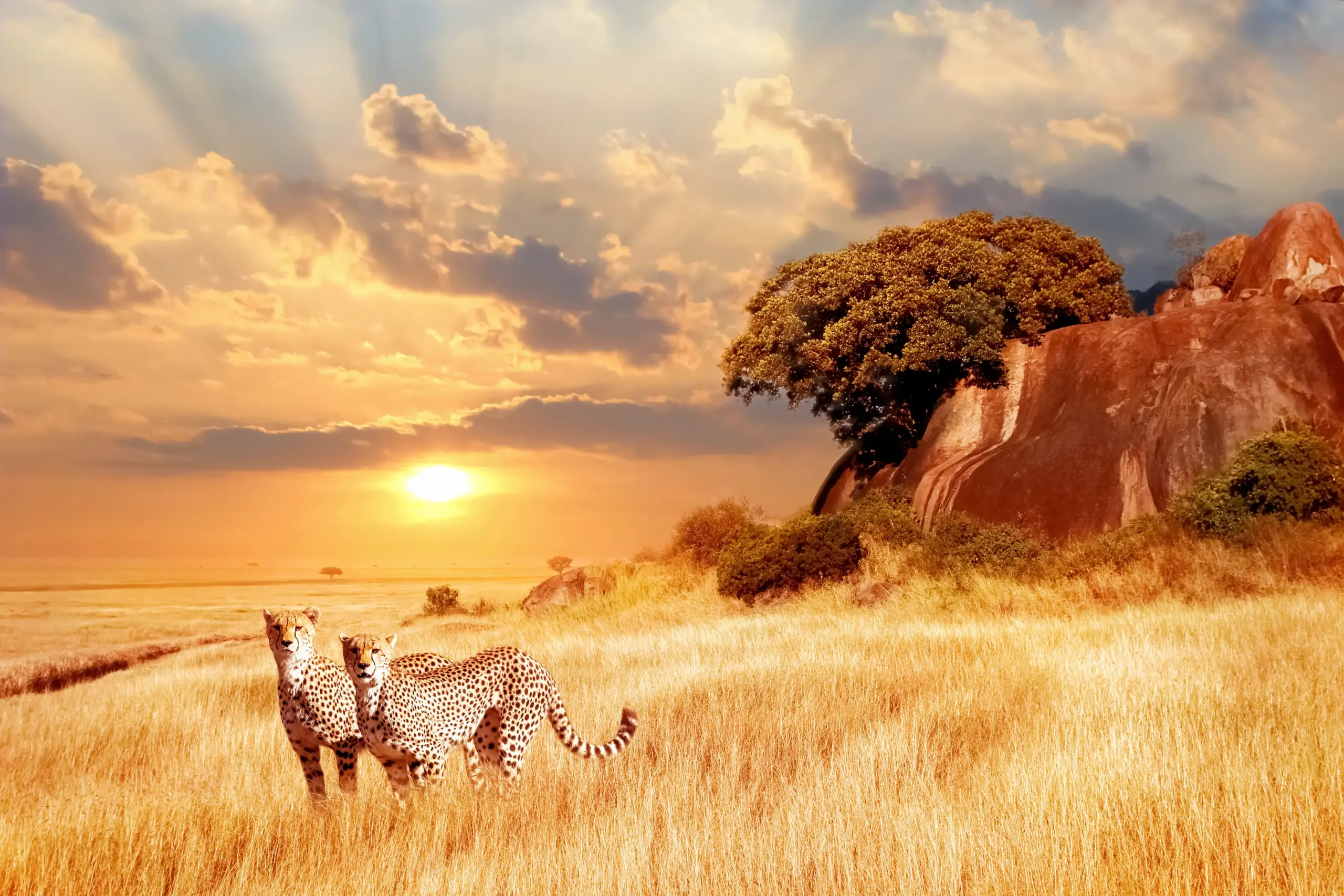Conservation Masai Mara
The Masai Mara Reserve, along with its surrounding conservancies in Kenya, stands as a shining beacon of effective wildlife conservation and habitat protection. In the past, this region grappled with severe issues like overgrazing from expanding cattle herds, rampant hunting, and wildlife poaching. However, today’s Kenya’s Masai Mara conservancies, in collaboration with the Maasai people, local county councils, and conservation groups, have joined forces to ensure that the land and its native wildlife not only persist but thrive abundantly.
Origins of the Masai Mara
**Originally designated in 1961, the Masai Mara ecosystem began as a modest wildlife sanctuary spanning 520 square kilometers. That same year, the sanctuary expanded eastward, growing to encompass 1,821 square kilometers. This expansion included the area now known as the Masai Mara National Reserve, which came under the administration of The Narok County Council (NCC). In 2001, management of the western segment of the National Reserve, called the Mara Triangle, transitioned to the non-profit organization, Mara Conservancy. Meanwhile, other parts of the land were returned to the local Maasai communities, eventually forming what we now know as the Masai Mara conservancies. These conservancies, located just beyond the borders of the National Reserve, are managed by the Group Ranch Trusts of the Maasai Community.
Conservation Mara Triangle
The Mara Triangle, once notorious for banditry and poaching, has experienced an extraordinary revival since the Mara Conservancy assumed management in 2001. Previously plagued by extensive poaching camps, the region now benefits from vigilant anti-poaching and de-snaring patrols, thanks to the Mara Conservancy’s efforts. In collaboration with the Serengeti National Park, these measures have resulted in the arrest of over 3,415 poachers, the dismantling of more than 44,846 snares, and the retrieval of 200 stolen Maasai cattle. Additionally, they have provided crucial treatment for wildlife injured by snares. Enhancing these efforts, a tracker dog unit was introduced in 2009, consisting of six bloodhounds and eight handlers. This unit plays a vital role in protecting local wildlife, especially wildebeest, zebra, and Thompson gazelle, from poachers involved in the illegal bushmeat trade. The presence of these dogs has notably increased the success rate in defeating poachers.
Conservation in Maasai Mara Wildlife conservancies
The Masai Mara conservancies, such as the Mara North Conservancy, are supported by the Masai Mara Wildlife Conservancies Association (MMWCA). Their primary mission is to protect the greater Maasai Mara ecosystem through a network of protected areas, which enhances biodiversity, supports wildlife, and benefits local communities along with Kenya’s tourism and recreation. The vision they uphold is of a cultural landscape where communities and partners work together to secure wildlife and sustainable livelihoods, paving the way for a brighter future. For more insights into the diverse Masai Mara conservancies
The MMWCA comprises a network of twelve distinct conservancies within the Greater Masai Mara region. While each conservancy may have its unique set of guidelines, they all strive towards a unified mission: to balance safari tourism, conservation initiatives, and the Maasai communities residing in these areas for shared prosperity. Many of these conservancies sustain themselves financially by leasing land from Maasai landowners to luxury safari operators under long-term contracts. Some conservancies allow Maasai cattle grazing, while others have restrictions. Maasai landowners protect biodiversity. By leasing their lands, they ensure a steady income from safari tourism operators. To further support Maasai communities, safari camps situated in these conservancies invest in community development projects. This model benefits approximately 3,000 landowners and their families, reaching a total of around 24,000 individuals.
The conservancy model offers more than just economic advantages; it nurtures a sustainable bond between tourism and wildlife conservation. By actively engaging local Maasai communities, especially those in the outlying conservancies, this model significantly boosts the safeguarding of the Masai Mara’s distinct ecosystem. These peripheral conservancies serve as essential sanctuaries for wildlife, ensuring the preservation of biodiversity while also bolstering the livelihoods of Maasai landowners. By merging conservation initiatives with community well-being, a flourishing environment is created where both wildlife and the Maasai people coexist in harmony.
Send Your Enquiry for a Masai Mara Safari
We hope this information inspires you to choose the breathtaking Masai Mara as your next travel adventure. Whether you’re planning a school holiday getaway, a romantic safari, a family trip, or a solo expedition, the Masai Mara offers an unforgettable experience. Please fill out the contact form, and we will respond promptly! You can also reach us through our email at [email protected] or [email protected]. We are also available via WhatsApp or Phone at +254 748 258880.
Welcome to AjKenya Safaris
Thanks for stopping by! We’re excited to help you plan an unforgettable safari.
- Phone: +254 748 258880
- WhatsApp: +254 748 258880
- Email: [email protected]
- Email: [email protected]





